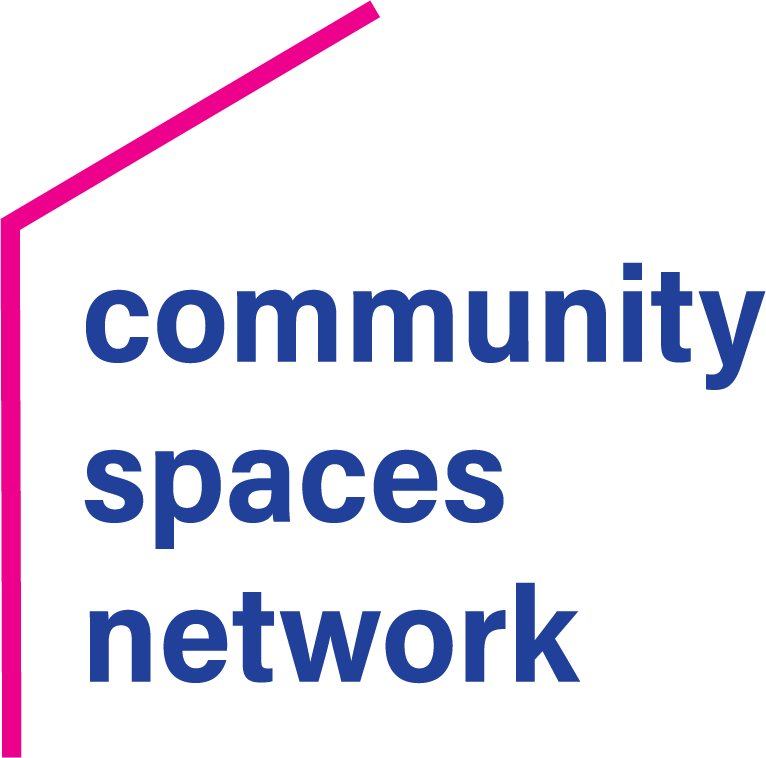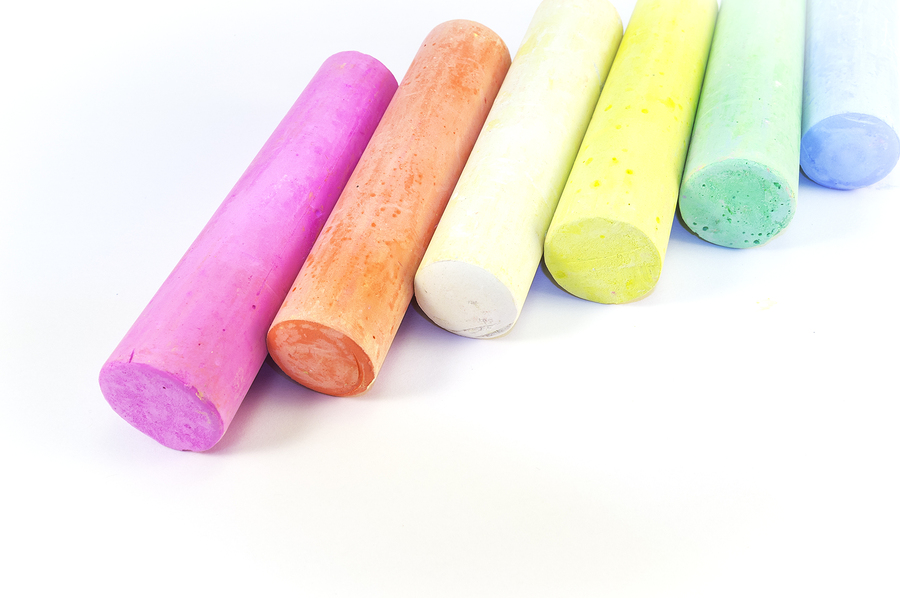If you’ve been on Pinterest lately, you know that chalk boards have come back in a big way. Many nonprofit centers have embraced this trend, turning entire walls into writable surfaces by covering them with chalk board or white board paint. A recent conversation on Ask-NCN highlighted some of the things you should know before opening the paint can.
What are you planning to use the wall for?
As one member said, “Chalk = Community.” A chalkboard brings warmth to a room and invites creativity. They are great for community-building, but not so great for business meetings.
White boards, on the other hand, convey a feeling of efficiency and convey a “Let’s get down to business” attitude. Glass writing surfaces and white board walls are also easier to clean, although many discolor over time.
Who will be responsible for the walls?
If you want to spark community, someone will have to be the first person to ask a question or draw a picture. Without someone appointed to guide the contributions to the community chalk board wall, your investment may go untouched or worse – use your imagination about what might get written!
Also, someone will have to clean them and care for them. The time investment depends on the surface you have and what you’re using to write or draw on them with. Dry erase boards wipe off easily and may need deep cleaning a few times a year.
Chalk board cleaning is a little more difficult. Chalk markers don’t come off of chalkboard painted walls easily, and most people use them only for things they want up semi-permanently. Some centers have gone the old-fashioned route with dustless pieces of chalk available for use, which cleans up much more quickly.
Thanks to all the NCN Members who contributed to this discussion on Ask-NCN, especially to the Centre for Social Innovation, Posner Center for International Development, Casa Azafran, and The Alliance Center. Ask-NCN is a listserv for NCN members to ask questions and share resources with one another. If you want to join the conversation, become a member today.

